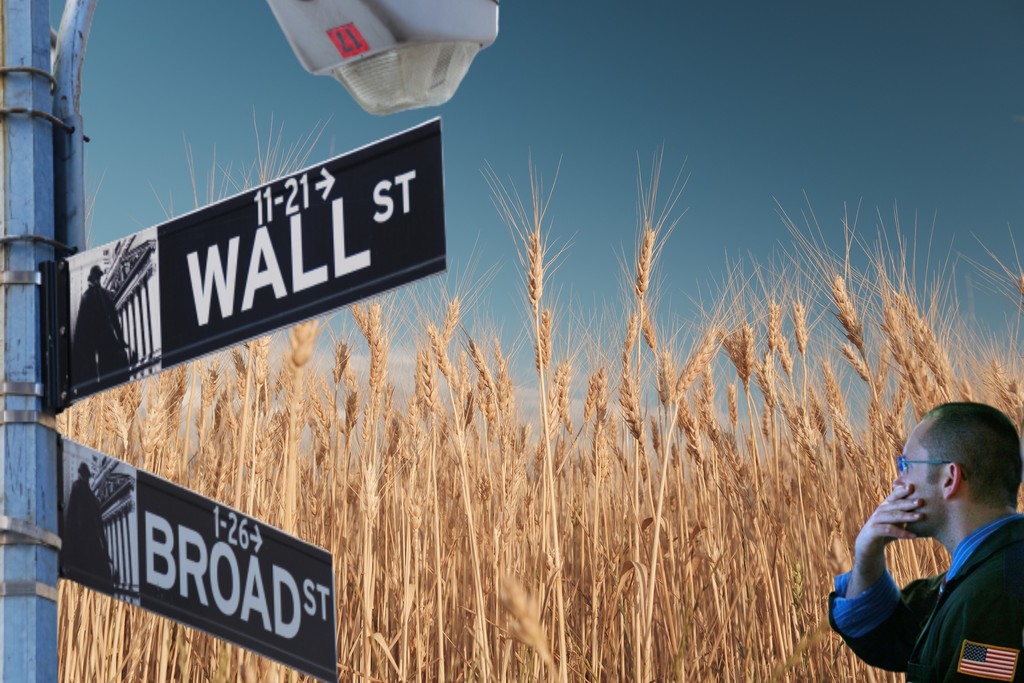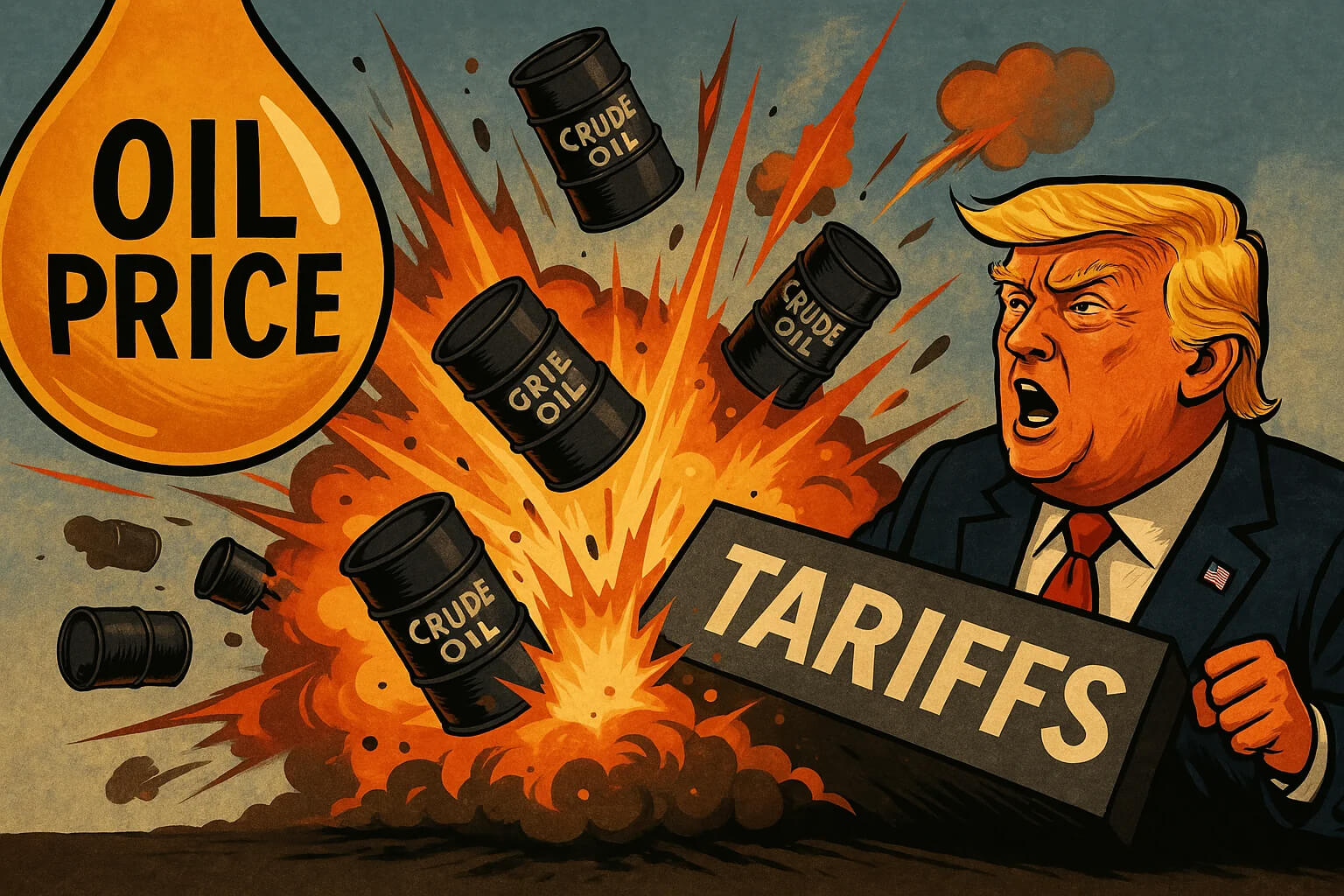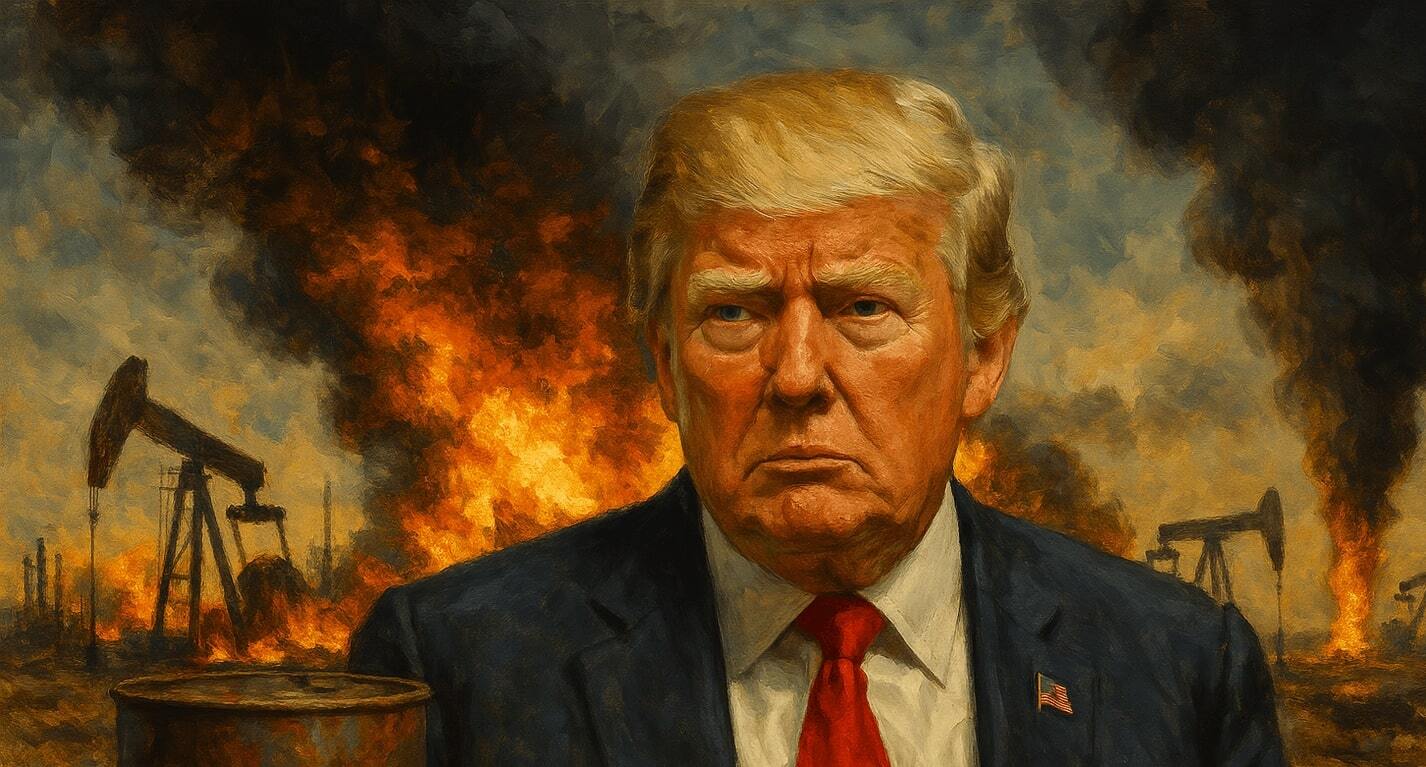
What Are Commodities?
Commodities: Essential Assets Fueling Global Economies
Commodities, which are fundamental to the ebb and flow of global economies, represent a category of assets that are interchangeable with other similar goods. These basic goods are often harnessed as integral components in the manufacturing of products or the provision of services. Commodities span across multiple categories but fundamentally, they are raw materials that are transformed into finished goods consumed worldwide.
In the vast realm of commerce, a commodity stands out due to its essentially uniform quality across producers. For instance, a tonne of copper sourced from Chile is indistinguishable from that mined in Australia. Therefore, when it comes to trading these raw materials on an exchange, commodities are required to adhere to predetermined minimum standards, also recognized as a basis grade.
This interaction of supply and demand is predominantly influenced by the quality of a given commodity which may exhibit slight variances but essentially remains consistent across producers. In a vibrant marketplace, commodities such as grains, gold, beef, oil, and natural gas have traditionally held the stage. However, with progressive technological strides, the definition of commodities has broadened to include financial products such as foreign currencies and indexes, along with more recent additions like cell phone minutes and bandwidth.
On specialized commodity exchanges, these raw materials are not just bought and sold as financial assets but also leveraged through derivative instruments like futures and options. The derivatives markets present an enticing prospect for investors, allowing them to speculate on price movements without the need to physically own the underlying commodity. Furthermore, the unique characteristic of commodities, not being highly-correlated with other financial assets, makes them an appealing choice for diversification in a well-rounded investment portfolio, often serving as a hedge against inflation.
Divided into two primary categories – hard and soft, commodities present a diverse spectrum. Hard commodities, requiring extraction or mining, include energy resources like crude oil, natural gas, coal, and propane, alongside metals such as gold, silver, copper, and aluminum. In the evolving energy sector, metals like lithium and cobalt hold significant importance due to their application in electric vehicles and clean energy technology.
On the other hand, soft commodities comprise agricultural products and livestock. This includes a range of crops like coffee, corn, wheat, lumber, and livestock encompassing cattle, beef, pork bellies, and milk. These are typically grown or ranched, forming the backbone of the world's food supply.
In essence, commodities embody the foundation of our economic structure, being key to the production of food, energy, and clothing. Standardized for quality and quantity, they are priced uniformly, regardless of the producer, and their trading on global exchanges mirrors the heartbeat of the international marketplace. Their ubiquity and crucial role in daily life underline their significance as a critical investment avenue and a crucial cog in the global economic machinery.
What Are Soft Commodities?
Soft Commodities are the tangible result of natural cultivation processes, as opposed to the labor-intensive extraction and mining required for 'hard' commodities. With a list encompassing a diverse array of goods - sugar, wheat, corn, palm oil, soybeans, and livestock, to name a few - these commodities are intimately linked to our everyday sustenance.
Although these commodities find their origins in fertile soil or grazed pastures, their significance reaches far beyond the kitchen table. As a cornerstone of the commodities market, soft commodities shape the investment and trading landscape. The term 'softs', an informal moniker for these goods, belies the profound influence they exert on global trade and investment strategies.
The journey of soft commodities from farm to market is replete with uncertainties and risks. For instance, the unpredictability of weather patterns, soil degradation, and the very fickle nature of agricultural produce lend a certain volatility to these commodities. But, as the seasoned investor knows, with risk often comes opportunity. The inherent uncertainty that defines the trajectory of these commodities translates into fluctuating prices, allowing traders and investors to speculate on their future value.
Embedded within the traditions of trading, soft commodities represent some of the most ancient futures contracts. From the bustling markets of antiquity to today's high-speed digital exchanges, agricultural products such as soybeans, cocoa, coffee, cotton, sugar, rice, wheat, and various types of livestock have consistently formed the backbone of commerce. In a nod to their tropical origins and use in food and fiber production, they are occasionally referred to as tropical commodities.
The futures market owes much of its vibrancy to the vital role soft commodities play. Serving a dual purpose, these commodities provide a safety net for farmers looking to secure future crop prices and a playground for speculative investors hunting for profit. The dynamic dance of values dictated by variables such as weather forecasts and seeding or harvesting reports leads to significant fluctuations in the prices of grains and oilseeds. This volatility, in turn, impacts the value of futures contracts based on delivery dates, keeping traders and investors on their toes.
Thus, soft commodities, nurtured by the earth and molded by human hands, remain the lifeblood of the commodities market. Not merely confined to the realm of agriculture, they bridge the gap between the pastoral world and high-stake trading floors, embodying the fluid exchange between nature's bounty and economic speculation.
Read More >> What Are Soft Commodities?
What Are Hard Commodities?
Hard commodities serve as bedrock assets for futures contracts, their value ebbs and flows reflecting the macroeconomic undercurrents that shape our world. Investors and traders find this attribute particularly appealing as it allows them to anticipate and navigate market trends. From the gilded allure of gold to the indispensable nature of oil, these commodities offer a complex tapestry of trading opportunities.
Notably, hard commodities have inherent physical characteristics that make them preferable for handling and transportation. Their robustness also facilitates their integration into various industrial processes, distinguishing them from their counterparts - the 'soft' commodities.
The term 'hard commodities' is often associated with three distinct ecological sectors: energy, metals, and agriculture. The energy sector encompasses oil and gas; the metal sector includes gold, silver, copper, and lead, among others. In contrast, the agricultural sector - traditionally associated with soft commodities - also includes livestock.
When considering the vast spectrum of hard commodities, precious metals like gold, silver, and platinum certainly command attention. The category further extends to base metals such as copper, iron ore, and aluminum. Energy resources also form a vital part of hard commodities, with crude oil, gasoline, natural gas, and ethanol being significant players.
The unique attributes of hard commodities further distinguish them. Firstly, their production is operationally intensive, necessitating significant capital investment. As such, the realm of hard commodity production is often dominated by large multinational corporations. Unlike their soft counterparts, hard commodities have a longer shelf life, translating into lower volatility. Furthermore, their trade frequently crosses national borders, making them reliable indicators of global economic health. However, the contract size when trading hard commodities can differ based on the specific commodity, adding another layer of complexity.
The pivotal role of hard commodities extends beyond the realm of trade and into the heart of a nation's economic health. Countries rich in these natural resources often find their fortunes tied to global demand. Consider Venezuela, a country heavily dependent on oil exports. When oil prices plummeted in September 2015, the nation was thrust into an economic and political crisis, marked by hyperinflation and political turmoil.
The allure of hard commodities such as gold becomes particularly potent during economic downturns. Investors often regard it as an inflation hedge or a wealth-preservation asset. Simultaneously, other commodities like silver, steel, copper, iron, and aluminum contribute significantly to government revenue.
Therefore, the complex narrative of hard commodities serves as a testament to their integral role in shaping global economic landscapes. These resources, drawn from nature's depths, not only drive trade but also provide critical insights into the health and future stability of economies worldwide.
Read More >> What Are Hard Commodities?
Commodities are goods or raw materials that people use every day .
Its include for instance, wheat that used to make bread, oil that used to fuel cars, gold that used in jewelry, or coffee beans for brew coffee.
Commodities can be traded on markets same like stocks are traded on stock markets.
Trading can impact the prices we pay for everyday goods. For example, if a lot of investors start buying up coffee beans, the price of your morning cup of coffee might go up. That's commodities in simple words.
What Are The Top 3 Traded Commodities?
Oil, Gold, and base Metals are the three most frequently exchanged commodities.
What are the top 10 commodities by cash receipts?
Cattle/calves, corn, soybeans, dairy products/milk, broilers, hogs, miscellaneous crops, wheat, poultry eggs, and hay are the top 10 sources of cash receipts from the sale of U.S.-produced farm commodities.
How To Short Commodities?
Shorting commodities is a trading strategy where an investor bets that the price of a particular commodity will decline.
The commodity is borrowed from a broker and sold on the open market to buy it back at a lower price to make a profit...MORE >
















